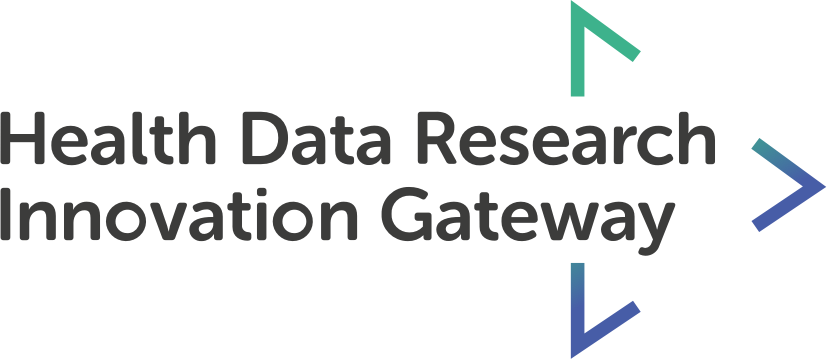Lay Summary
Objectives
The UK Biobank (UKB) is making primary care electronic health records (EHRs) for 500 000 participants available for COVID-19-related research. Data are extracted from four sources, recorded using five clinical terminologies and stored in different schemas. The aims of our research were to: (a) develop a semi-supervised approach for bootstrapping EHR phenotyping algorithms in UKB EHR, and (b) to evaluate our approach by implementing and evaluating phenotypes for 31 common biomarkers.Materials and methods
We describe an algorithmic approach to phenotyping biomarkers in primary care EHR involving (a) bootstrapping definitions using existing phenotypes, (b) excluding generic, rare, or semantically distant terms, (c) forward-mapping terminology terms, (d) expert review, and (e) data extraction. We evaluated the phenotypes by assessing the ability to reproduce known epidemiological associations with all-cause mortality using Cox proportional hazards models.Results
We created and evaluated phenotyping algorithms for 31 biomarkers many of which are directly related to COVID-19 complications, for example diabetes, cardiovascular disease, respiratory disease. Our algorithm identified 1651 Read v2 and Clinical Terms Version 3 terms and automatically excluded 1228 terms. Clinical review excluded 103 terms and included 44 terms, resulting in 364 terms for data extraction (sensitivity 0.89, specificity 0.92). We extracted 38 190 682 events and identified 220 978 participants with at least one biomarker measured.Discussion and conclusion
Bootstrapping phenotyping algorithms from similar EHR can potentially address pre-existing methodological concerns that undermine the outputs of biomarker discovery pipelines and provide research-quality phenotyping algorithms.Authors:
Denaxas S, Shah AD, Mateen BA, Kuan V, Quint JK, Fitzpatrick N, Torralbo A, Fatemifar G, Hemingway H.
Original content: https://web.www.healthdatagateway.org/paper/33619467
